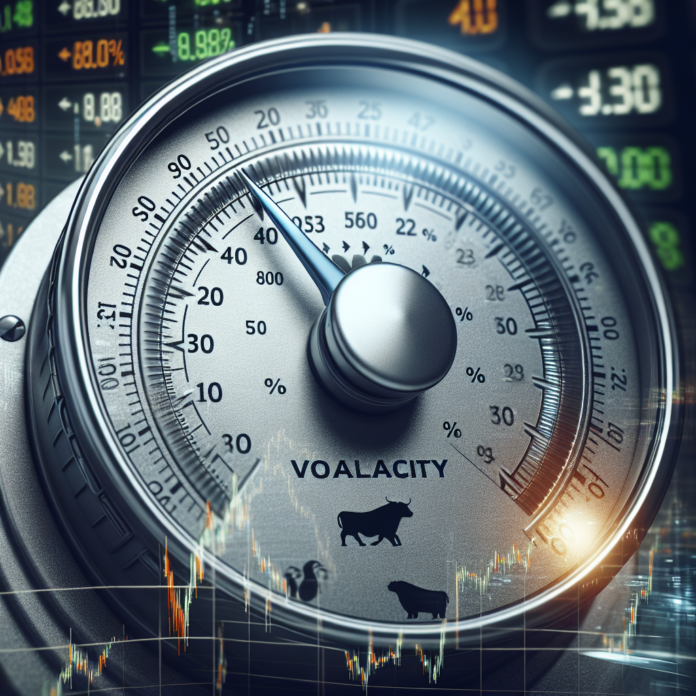Volatility indexes are essential tools for investors who seek to measure the fear, uncertainty, and market sentiment. Unlike standard market indexes that track the performance of a basket of stocks, volatility indexes reflect the market’s expectation of volatility in the near future. In this article, we will delve into the intricacies of volatility indexes, how they function, and their significance in equity markets.
What is a Volatility Index?
A volatility index is a real-time market index representing the market’s expectation of 30-day forward-looking volatility. The index is derived from the price inputs of the S&P 500 index options. It provides a measure of market risk and investor sentiment, often referred to as the “investor fear gauge.”
The Preeminent Volatility Index: The VIX
The most widely followed volatility index is the CBOE Volatility Index, better known as the VIX, created by the Chicago Board Options Exchange (CBOE). The VIX is a weighted blend of prices for a range of options on the S&P 500 index. When investors anticipate large swings in the stock market, the VIX level rises. Conversely, when the market is calm and complacent, the VIX tends to decrease. Learn more about the VIX.
How Volatility Indexes Are Used
Volatility indexes serve several key purposes in financial markets:
- Risk Management: They provide a valuable gauge for portfolio risk, helping investors to hedge against market downturns.
- Market Sentiment: These indexes act as a barometer for investor sentiment, giving a glimpse into the collective mood of the market.
- Trading Instruments: Some investors use volatility indexes as trading tools themselves, through VIX futures, options, and Exchange-Traded Products (ETPs).
Other Volatility Indexes
While the VIX is the most famous volatility index, there are other notable volatility indexes tailored to different markets and needs. For instance, the Nasdaq-100 Volatility Index (VOLQ) focuses on Nasdaq-100 index options. The Cboe Russell 2000 Volatility Index (RVX) measures volatility expectations for the Russell 2000 small-cap index. Investors can use these and other volatility indexes to gain insight into different segments of the equity market.
Importance of Understanding Volatility Indexes
Understanding volatility indexes is critical for market participants. It helps them to:
- Assess market volatility expectations.
- Make informed decisions on options trading strategies.
- Evaluate the potential for market swings that can affect their portfolios.
Volatility indexes are powerful instruments for investors to monitor and adapt their strategies according to market dynamics. By doing so, they can manage risks more effectively and capitalize on opportunities arising from market volatility.
Conclusion
Volatility indexes are indispensable tools for market participants, reflecting the collective heartbeat of the equities market. They provide a window into future expectations of market volatility, aiding in portfolio management and risk assessment. Whether you’re a seasoned investor or just starting, understanding these indexes can enhance your ability to navigate the complex world of equity markets in an informed and strategic manner.
For a deeper understanding and to start tracking volatility indexes yourself, consider following financial market analysts or using financial platforms offering real-time index data. Engage with the community at investing forums like Bogleheads or keep educated with resources from finance educators like Investopedia.
Please note that the information provided in this article is for educational and informational purposes only and should not be construed as investment advice. Always consult with a financial advisor or investment professional before making any investment decisions.




 AGF-B.CO
AGF-B.CO